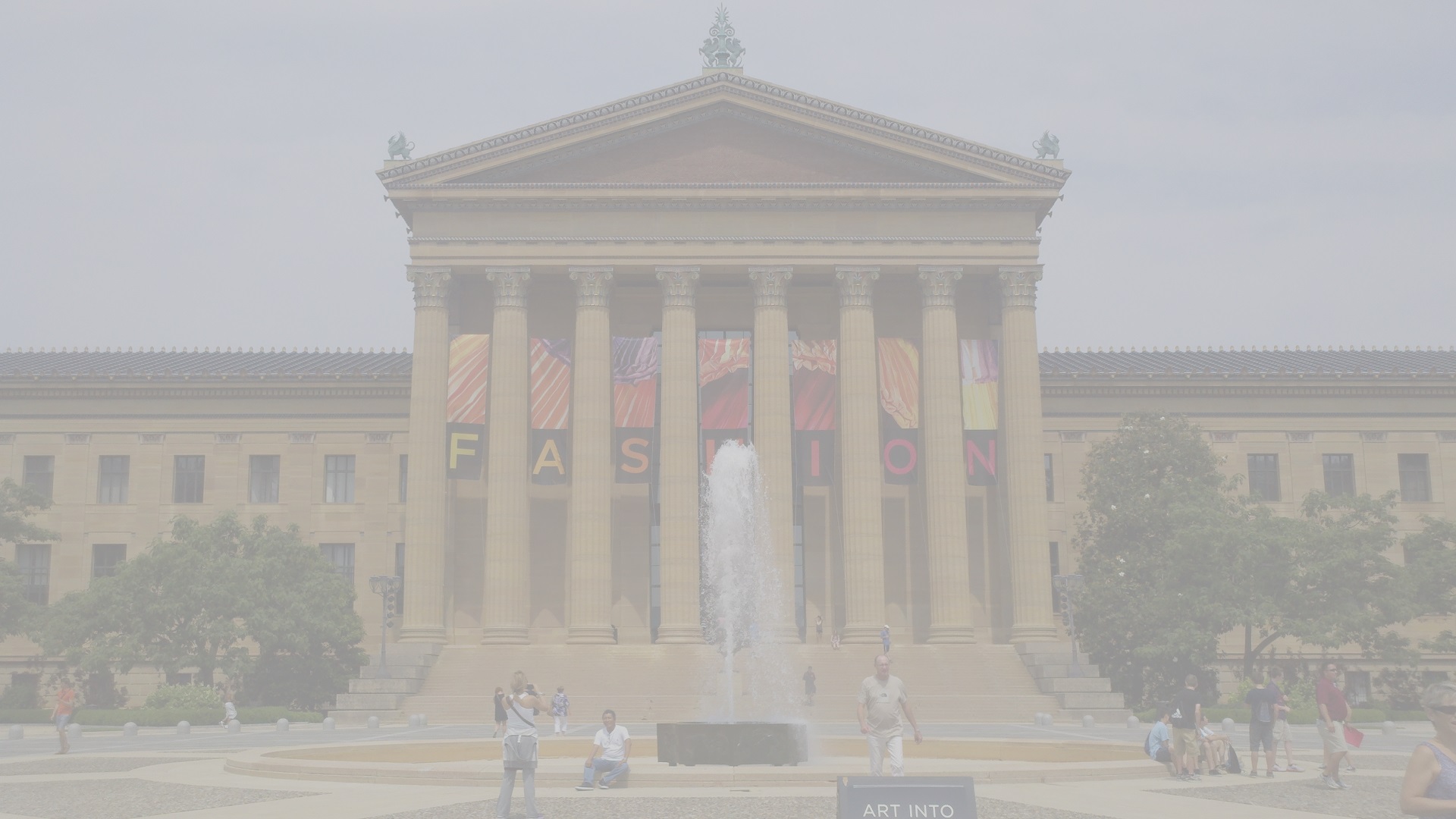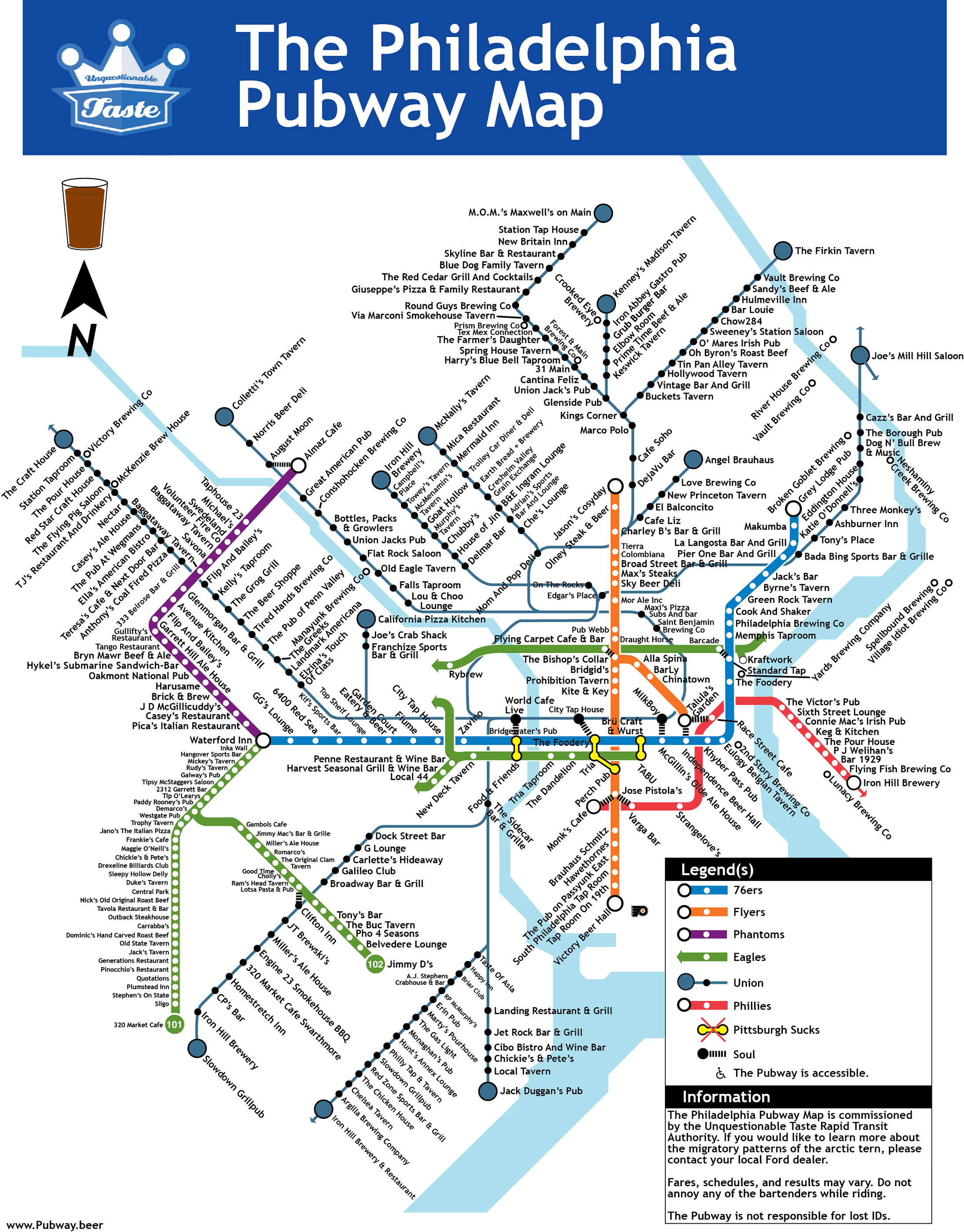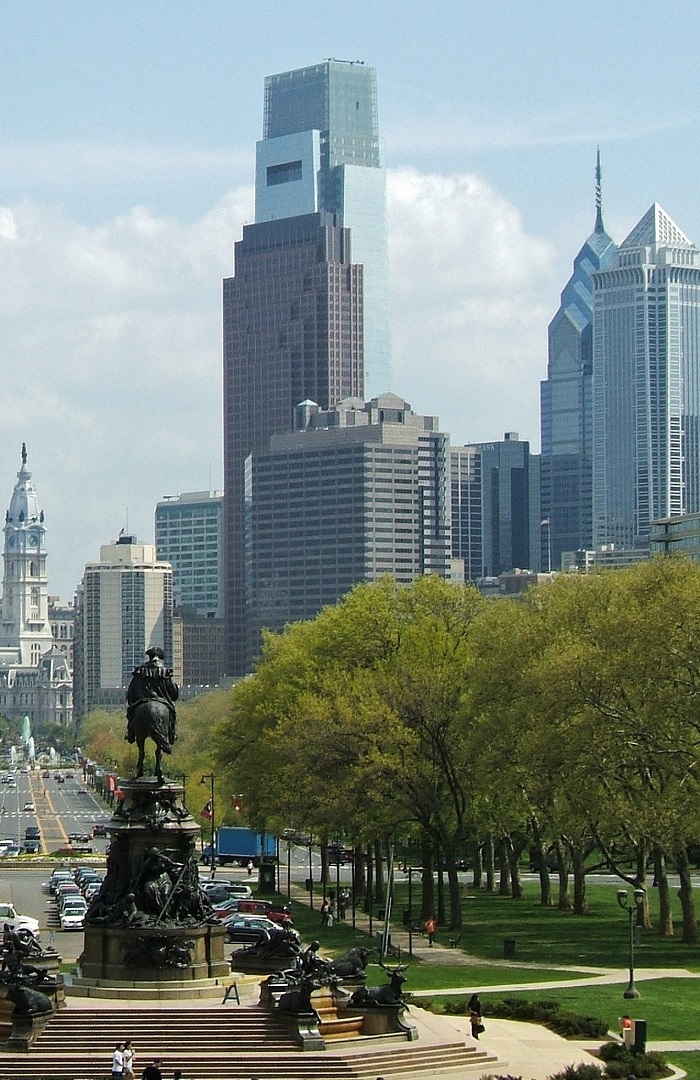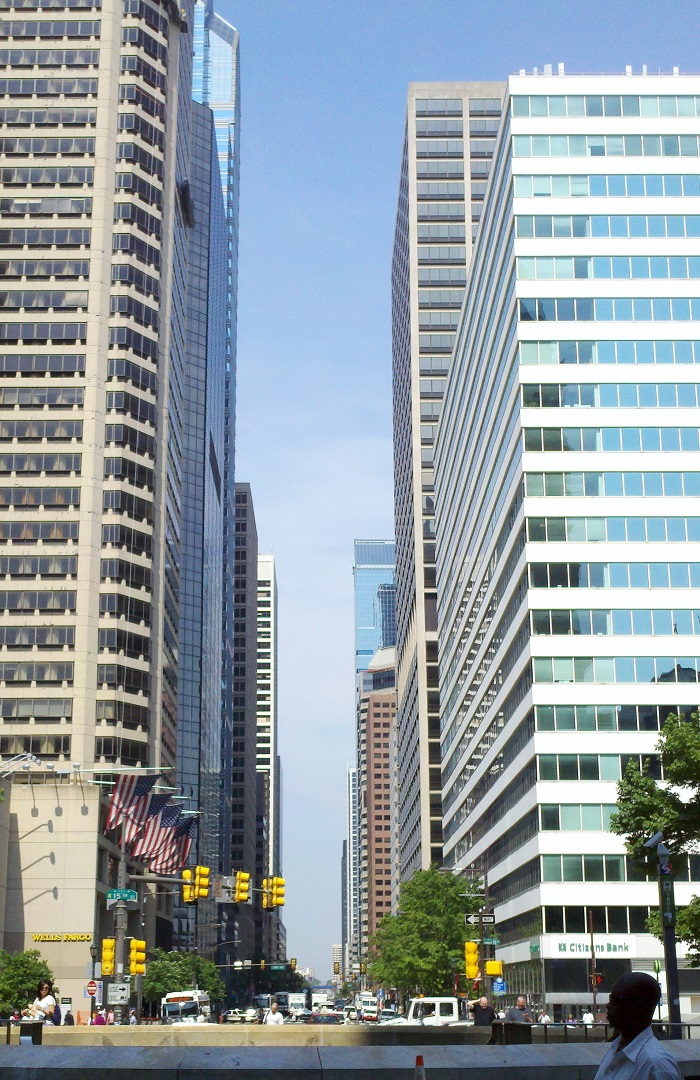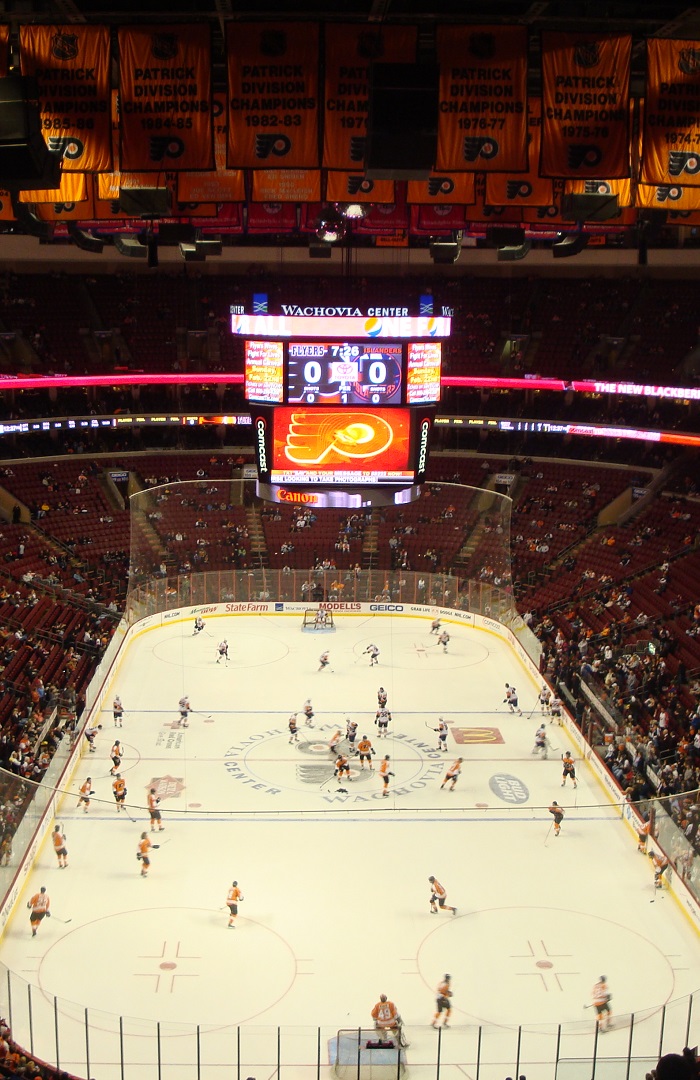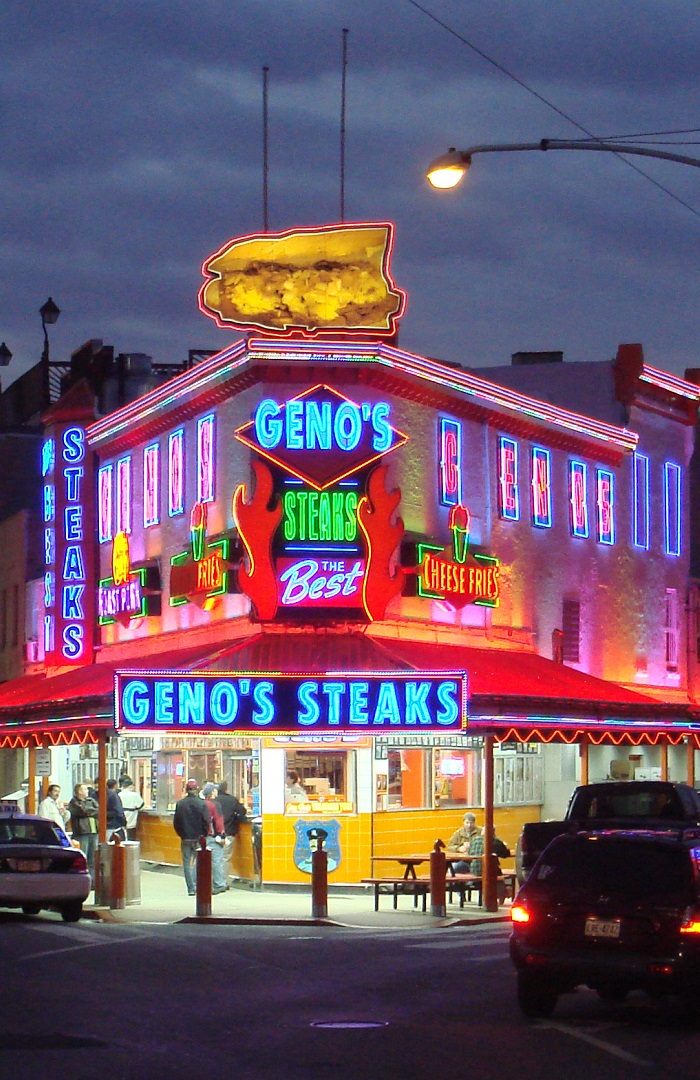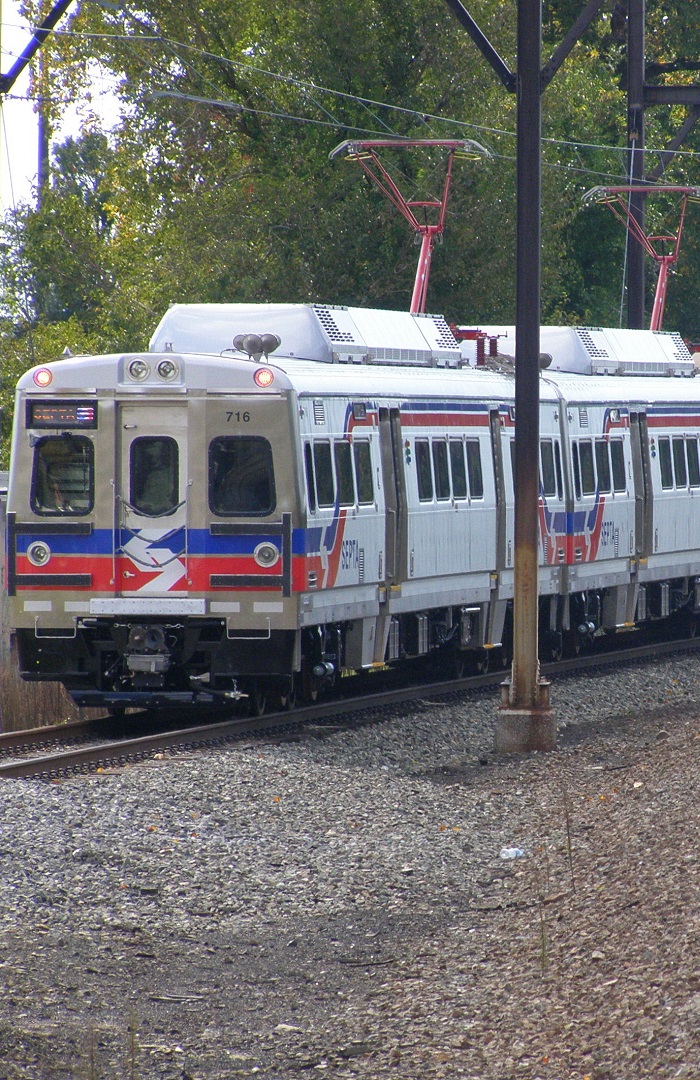Philadelphia is one of twelve US cities with teams from the four major sports leagues, all of which had been enjoying a fairly impressive run of success in the years leading up to the completion of One Liberty Place. The MLB’s Phillies won the 1980 World Series as well as the 1983 NL Pennant. The NFL’s Eagles made an apperance at Superbowl XV in 1980. The NBA’s 76ers made the finals in ’77, ’80, ’82, and swept the 1983 NBA Finals. And the NHL’s Flyers won back to back Stanley Cups in 1974 and ’75, and appeared in the finals in ’76, ’80, ’85, and 1987. After One Liberty Place was officially opened, the city’s sports teams began a long streak of losing in championship games, including the ’87 and ’97 Stanely Cup Finals, the ’93 World Series, the ’01, ’02, and ’03 NFC Championships, as well as Super Bowl XXXIX in 2005. The “curse” was finally, and quite literally, lifted in 2007, when ironworkers helped raise the final beam in the construction of the Comcast Center, currently the city’s tallest building at 973 feet tall. Workers placed a 25″ statue of William Penn on the beam, where it remained atop the city, until it was stolen and subsequently replaced with a smaller statue. The Phillies would go on to win the 2008 World Series against the Tampa Bay Rays in five games, ending, and “proving” the curse. The Eagles won their first Super Bowl Championship in 2017 against the New England Patriots. Aside from sports, Philadelphia is known for its history based tourism industry, which revolves around famous sites like Independence Hall, the Liberty Bell, the homes of Edgar Allen Poe & Betsy Ross, the National Constitution Center, and many others. There are 67 National Historic Landmarks in the city, the third most of any city in the United States. Philadelphia is also a major art center, anchored by the famous Philadelphia Museum of Art, whose 72 front steps were made famous themselves by the movie Rocky, to which there is a bronze statue placed just northeast of the steps in commemoration. Philadelphia is home to more public art than any other American City, with more than 200 pieces being funded by the Philadelphia Office of Arts and Culture. Education also represents a major component of the city’s economy, with 300,000 students enrolled in the area’s colleges and universities, such as U Penn, the oldest univeristy in the country (as well as an Ivy League school), Saint Joseph’s University, Drexel, Temple, and Villanova. The city’s economy is largely driven by the science/tech, media, insurance, energy, and chemical sectors. Seven Fortune 1000 companies are headquartered in the city, including Comcast, the world‘s largest broadcasting and cable company by revenue. The city is known for its food as well, including water ice, Tastykake, hoagies, Wawa (a glorified gas station chain with food), soft pretzels (with New York City), and of course, cheesesteak, a product of German and Italian immigrants. In addition to its food, Philly is also home to many local and regional breweries, which distribute their product in some of the country’s best beer bars. Some of the more famous examples include Victory Brewing Company, Prism Brewing Company, Iron Hill Brewery, and Tired Hands Brewing.



